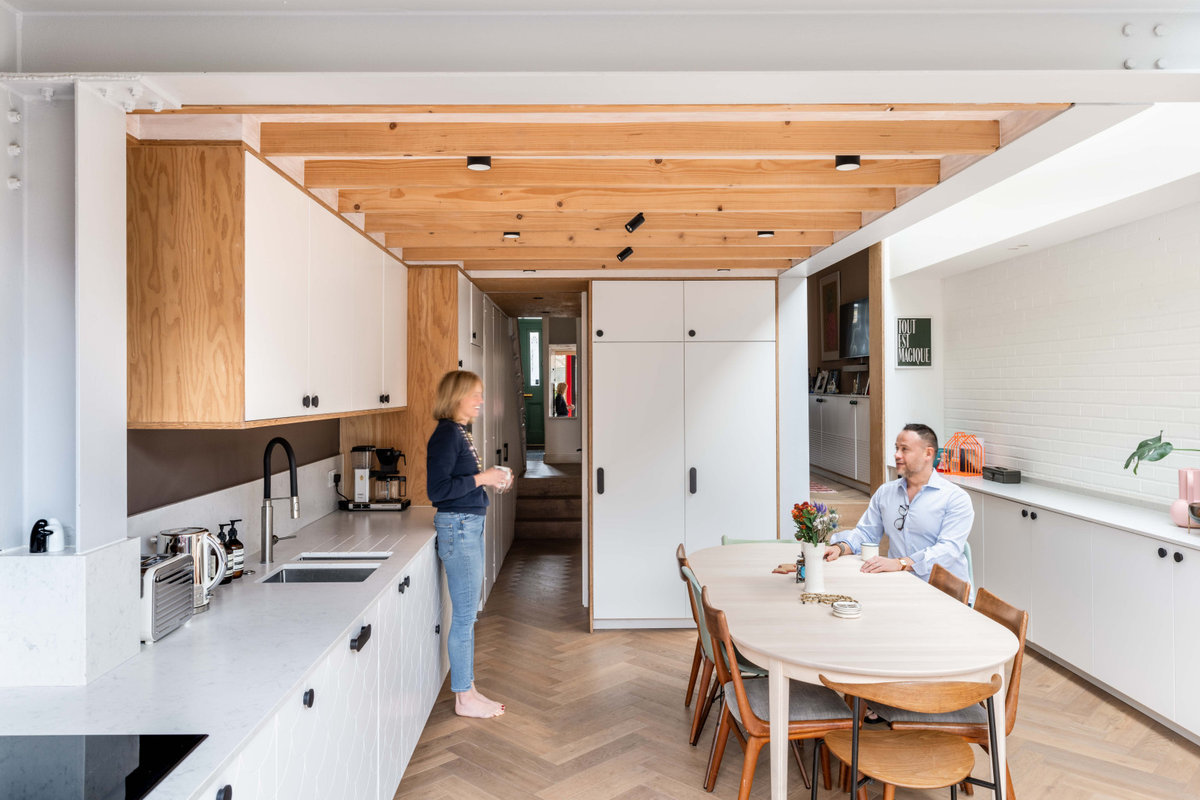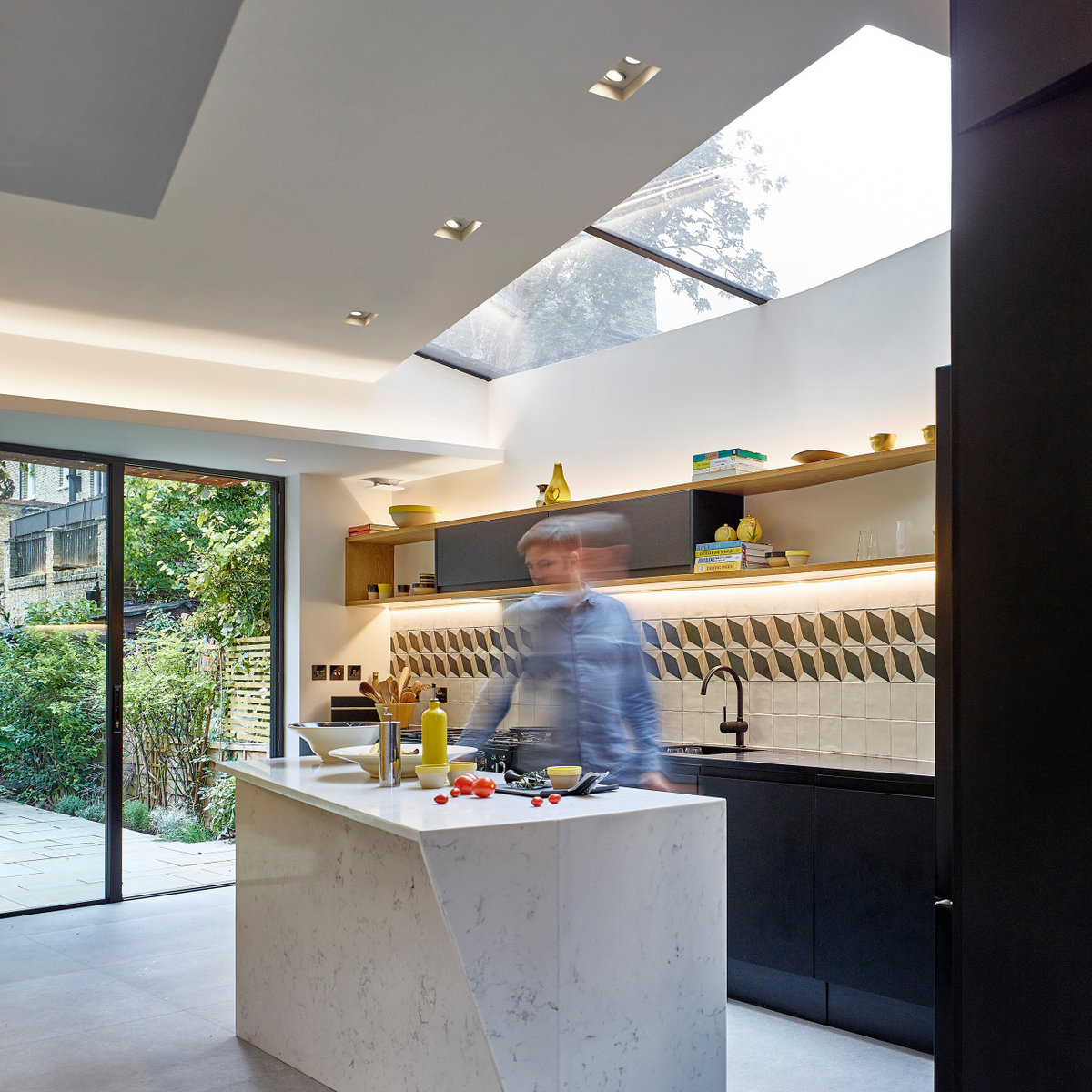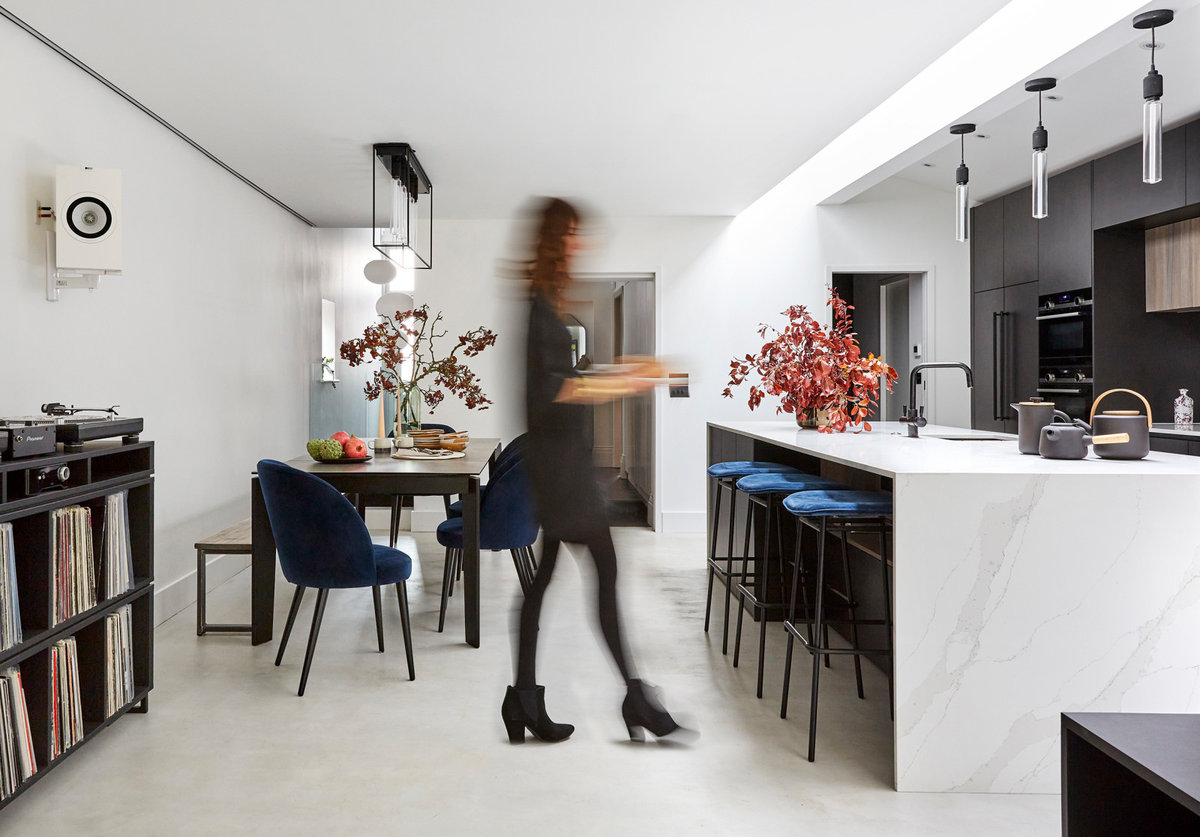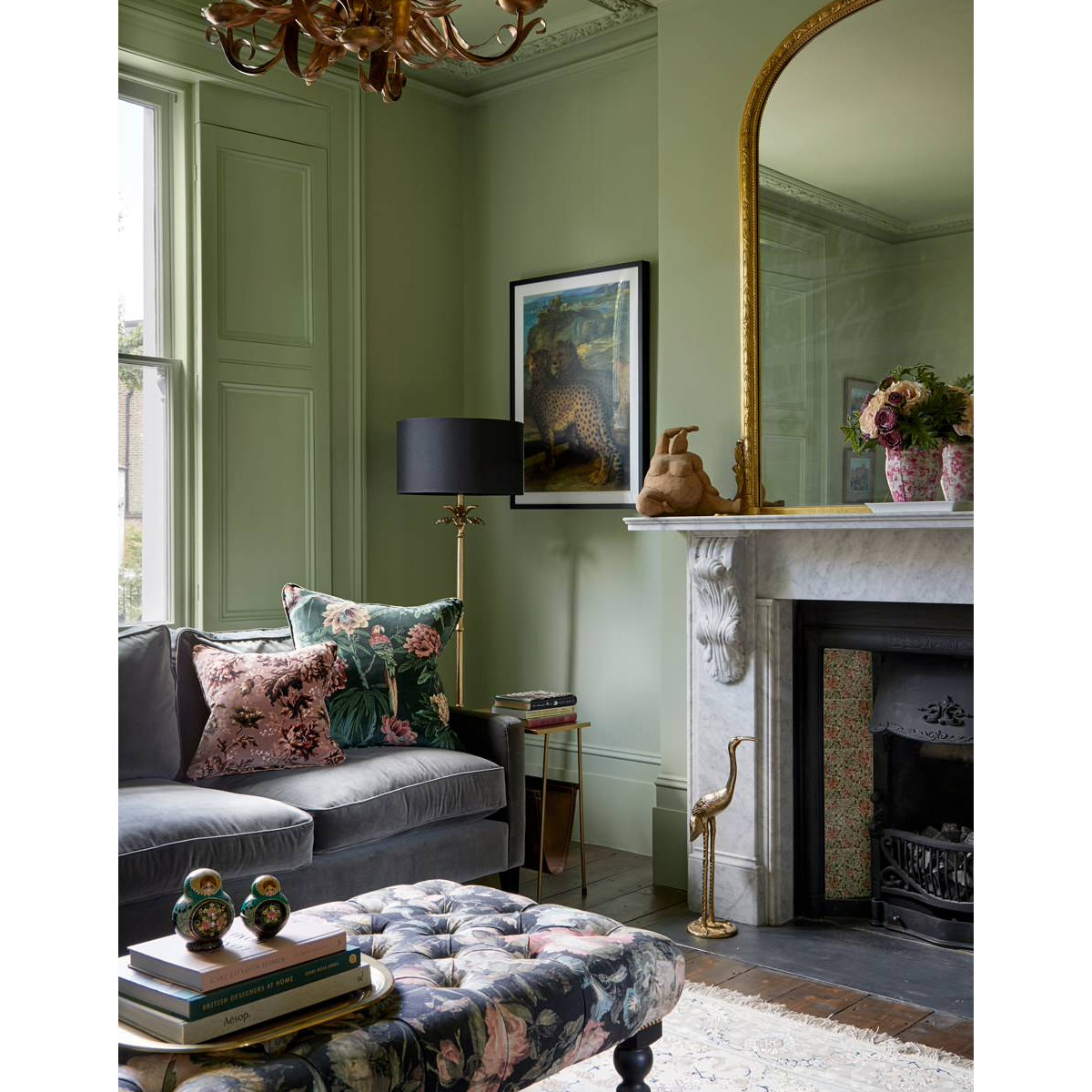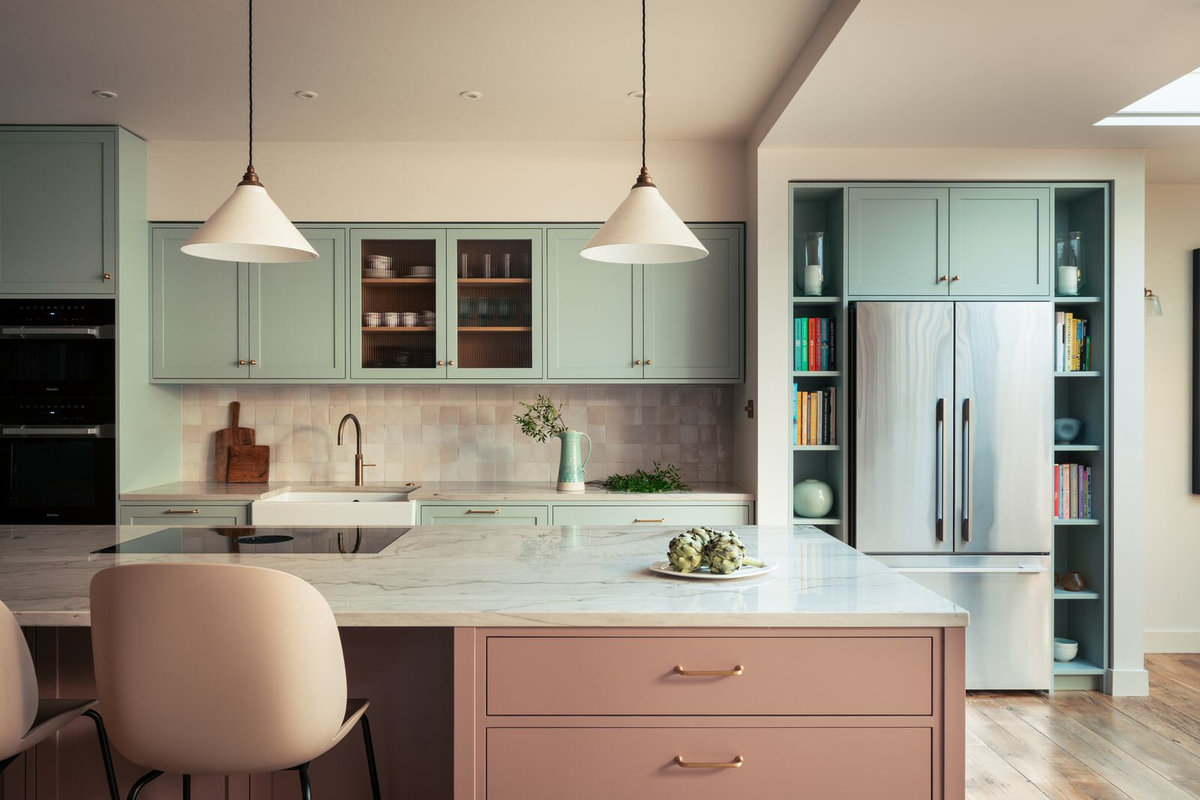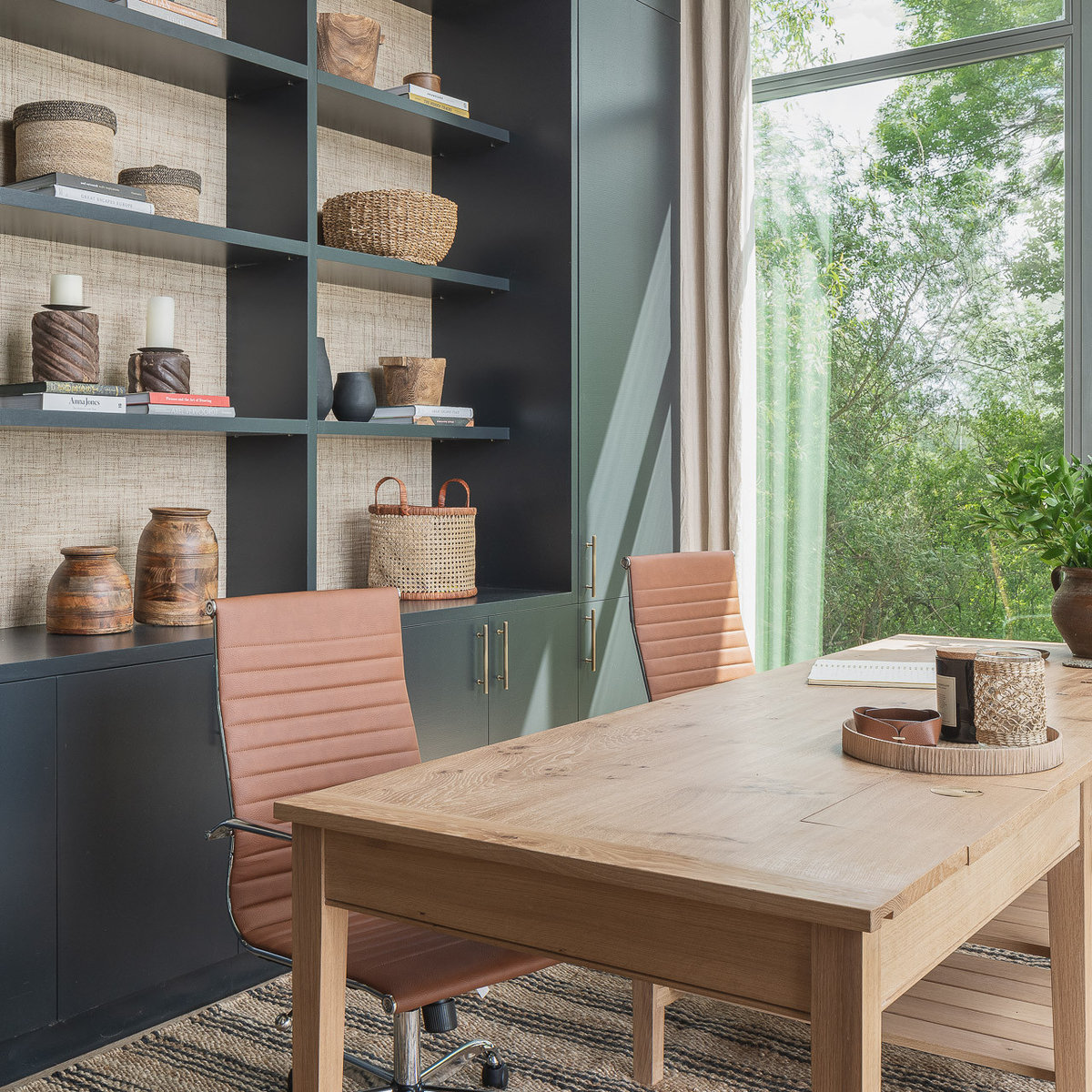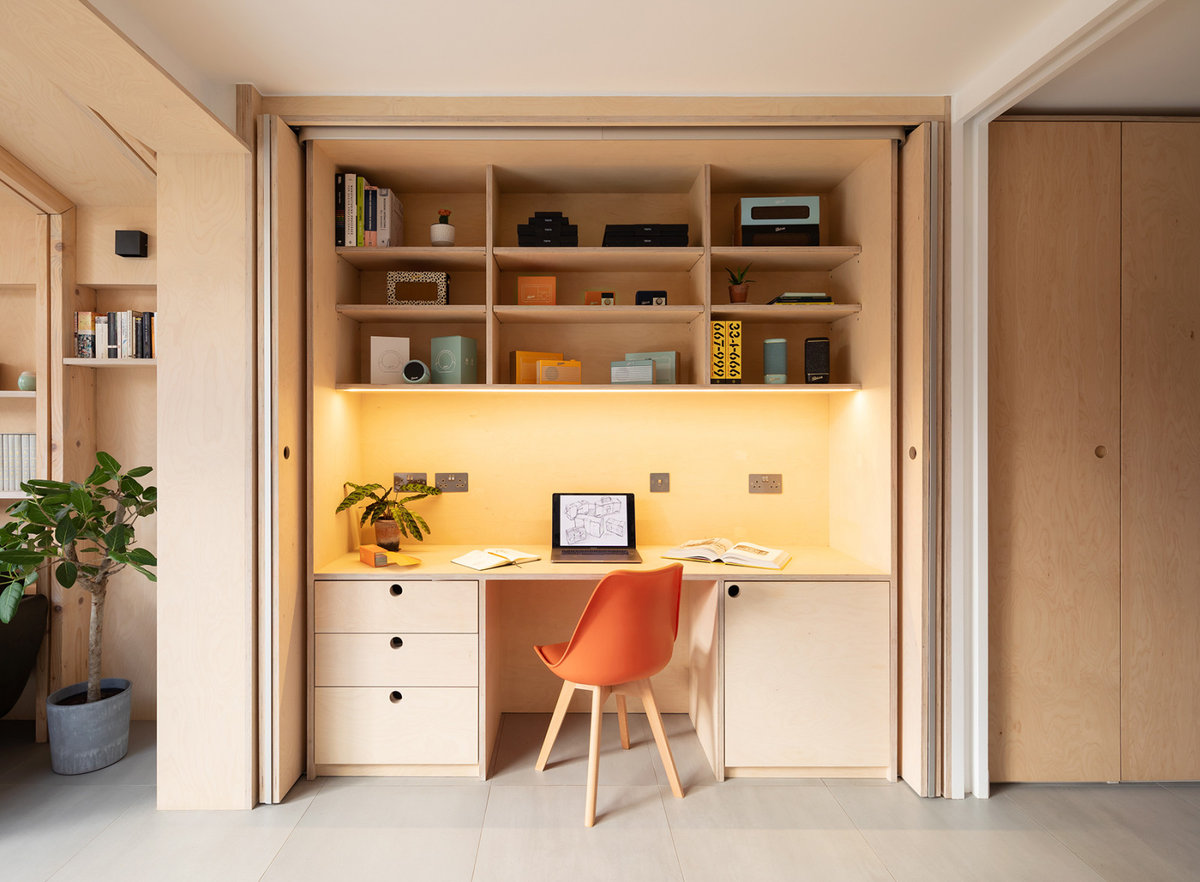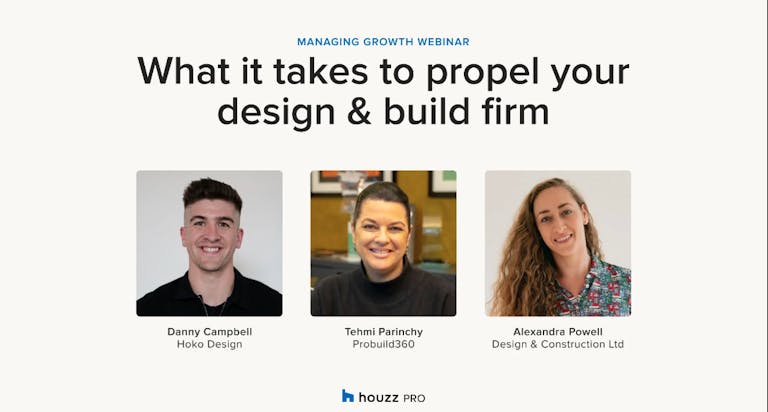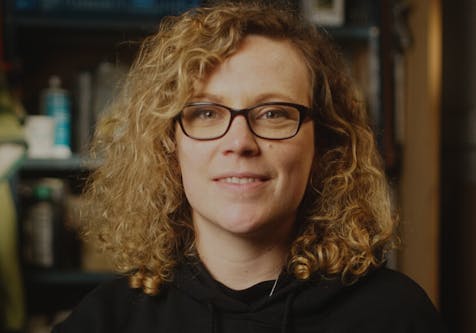5 of the Best Tips for Turning Leads into Clients
Check out these tried-and-tested tips for turning a prospect into a paying client
If you want to grow your business and attract more clients, it’s worth putting in the effort during the initial contact with a lead. Here, professionals on Houzz share their favourite advice for clinching the deal.
1. Sell yourself before you even meet
It’s much easier to get a potential customer on board if they already have some idea of what you offer. So pay attention to how you market your business and try to increase your firm’s online presence to display your services accurately.
“Showcasing my work on my website, being present on social media, and ensuring I have recommendations from past clients has definitely helped me get my clients excited about the transformation they could expect,” interior designer Alexandra Eude of Belle & Cosy says.
Cristian Neacsu of Interni Deco agrees that it’s important to have a good marketing strategy with a great website and professional photos. “I’ve found Houzz to be a great platform, as I can have everything in one place – information, photos, reviews,” he says. “I always prefer to send [clients] the link to my profile.”
2. Make the first meeting count
We often make up our minds about people as soon as we meet them, so the first connection with a homeowner is crucial and can make all the difference.
“I find the first impression on the first meeting very important,” Cristian says. “It’s where I try to propose good solutions and ideas.”
Beth Grace of Start With Art Interiors recommends you always try to meet face to face. “Offering a free-of-charge initial consultation to learn about them and their project is a great opportunity to sell your services and build rapport from the get-go,” she says.
Interior designer Ann Cope offers a more comprehensive initial meeting than usual and calls it an ‘Inspiration Visit’. “They love this option; they get my expertise and advice with a brief for their home,” she says. “In that brief, I quote for the full project. I’m transparent with my fees and take off the Inspirational Visit cost if they want me to continue on the project.
“My conversion rate is over 90%, as the clients get to know me,” she adds. “We can tell if we could work together, and they build trust in me, as the brief already given shows that I know exactly what they do and don’t like.”
3. Talk about costs, but be gentle
For many clients, budget is a real concern, so it makes sense to address the elephant in the room as soon as possible. If you’re concerned that having a conversation about cost too early might put someone off, thinking carefully about how you inform them of your pricing can make all the difference.
“We always try to present our pricing to our clients in person,” Sam Selby of Selby Landscapes says. “This gives them a chance to ask any immediate questions they might have and to explain the costs behind a complicated project such as building a new landscaped garden.”
“The main blocker often remains the costs, so I’ve learned to start on a smaller part of the project, such as a small room, to convince of the value and give them a taste,” Alexandra says. “It has often led to me doing up the whole house or flat, and even additional properties for the same client.”
To help you present your pricing clearly to clients, try the Estimates and Proposals features in Houzz Pro. Both of these tools will enable you to quickly create a detailed document that you can share with leads in minutes.
4. Make it clear how you can help
Don’t assume a potential customer knows everything about the service you offer. That first conversation is your opportunity to get them excited about hiring your business, so make time to take them through how a project would pan out.
“Clients often underestimate the technique, rigour and commitment required as an interior designer, thinking just a moodboard does the trick,” Alexandra says. “Explaining the process and the boundaries of the service agreed upon ensures everyone is clear about roles.”
Interior designer Lindsey Higgins goes through a sales process with all her leads to make sure they understand what she would offer at each stage of the project.
“It’s a pathway with touch points to explore their needs, how I can help and how I work,” she says. “It helps us both to work out if we’re a good fit to work together, because that’s critical to achieving the right outcome for a client.
“I always know where the prospect is on that journey and I always make sure they know what the next step is,” she continues. “Signing a contract only happens at the end when there are no more questions to be answered.”
5. Tailor your sales pitch to your potential client
While all these points are important, the crucial thing to remember is that no two clients are the same. With that in mind, it pays to adjust your approach, depending on their needs and personality.
“In general, there’s a mix of variables at play in order to get a new project,” interior designer Sebastian Salas Canitrot says. “Some of them just need you to show good knowledge of the topic, while others want to meet you and have a feeling of you as a person.”

